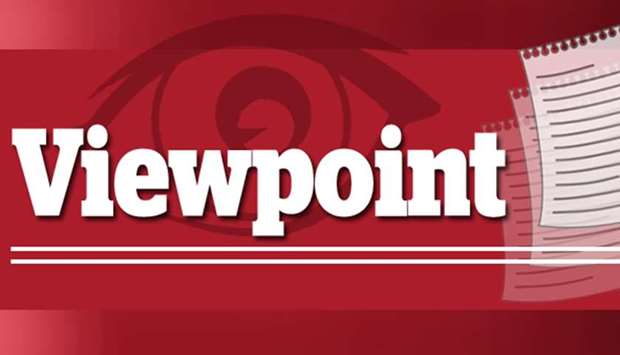The Federal Reserve opted to leave its interest rates unchanged on November 8, but kept the door open to a fourth hike this year in December, despite President Donald Trump repeatedly berating the Fed for hiking rates.
The unanimous (9-0) decision left the benchmark federal funds rate in a target range of 2% to 2.25%, following eight quarter-point hikes since late 2015.
The interest rate the Fed pays banks on excess reserves – a tool for keeping the effective funds rate within the Fed’s target range – was left unchanged at 2.2%, as expected.
Global stocks and the price of oil fell on Friday after the US Federal Reserve, which is the US central bank, suggested it will keep raising interest rates, tightening the supply of money that has supported markets in recent years.
The Federal Reserve said: “Economic activity has been rising at a strong rate” and job gains “have been strong,” acknowledging a drop in the unemployment rate, while repeating its outlook for “further gradual” rate increases in its statement following a two-day meeting in Washington at the weekend.
Risks to the outlook appear “roughly balanced,” the Federal Open Market Committee said, leaving that language unchanged from the prior meeting in late September.
Inflation expectations, which have slipped slightly in recent weeks according to some measures, were described as “little changed, on balance,” the same as in the last statement.
President Trump has repeatedly berated the Fed for hiking rates too quickly, which he fears will harm economic growth, but the Fed remains committed to getting interest rates back to more normal levels given how well the economy is doing now.
Trump is widely expected to keep criticising the Fed for rising rates, but so far Federal Reserve chairman Jerome Powell has stayed on course and avoided firing back.
Behind the scenes, Powell has been forging tight relationships with Republicans and Democrats on Capitol Hill, who have oversight over the Fed. Powell has met frequently with House Democrats, and the shift in power in that chamber is not expected to hinder the Fed.
By keeping the door open to a fourth 2018 hike in December, officials are sticking to their gradual upward path, trying to prolong the second-longest US expansion on record without making an error.
Leaving monetary policy too loose risks stoking excess inflation and asset bubbles, while tightening too fast could cause a recession, they argue.
The Fed thinks the current interest rate level is still helping to stimulate the economy and top leaders at the central bank, including Powell, want to see interest rates move to a so-called “neutral level” which doesn’t boost or curb growth.
Market watchers think the central bank’s latest policy statement, which sounded upbeat on the US economy, clearly indicates that a rate hike is nearly certain in December. Further, three more rate hikes are likely in 2019.
Analysts say it will take a significant deterioration of economic data, financial conditions, or the trade environment to stop the Fed from raising in December.

viewpoint


